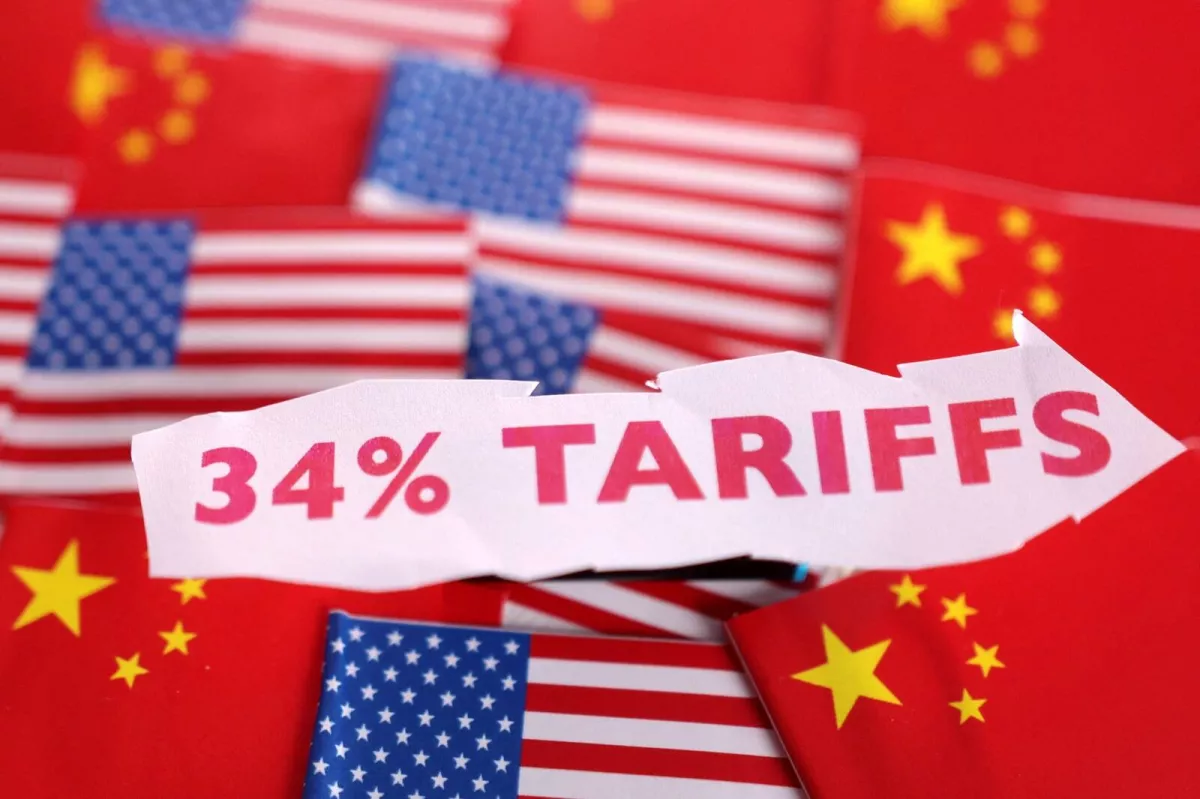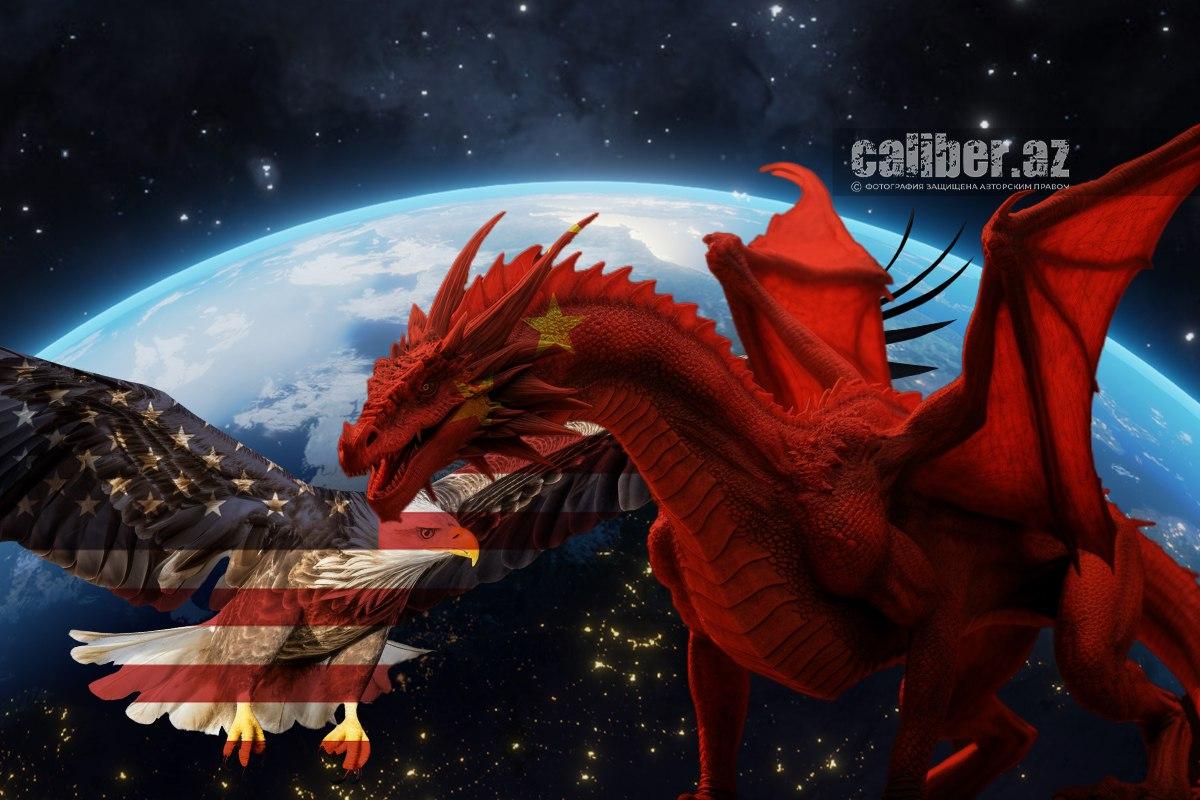Who’s winning the trade war? Trump’s tariffs, Xi’s triumph
The President of the People's Republic of China (PRC), Xi Jinping, is winning the trade war initiated by U.S. President Donald Trump. This was reported on Friday, April 4, by the Wall Street Journal (WSJ). The authors of the publication believe that Trump's sweeping tariffs will change the global order in many ways, and one winner has already emerged – Xi Jinping.
The article notes that for many years, U.S. policy has been focused on weakening the economic ties between European countries and China. Under Biden, the U.S. tried to influence Europeans to reduce trade with China and stop supplying high-tech products to the country. Since the U.S. remained Europe’s most important economic partner and also provided its military protection, Europeans complied. However, the restoration of relations between Europe and China is now a matter of time, according to the publication.
This coincides with signals from Beijing about its desire to strengthen its partnership with the European Union and intentions to get closer to European powers.
On April 4, U.S. President commented on China's retaliatory tariffs, stating that Beijing "panicked" and "played it wrong." On the same day, China imposed a 34% tariff on the U.S.

On April 2, Trump announced significant trade measures. He imposed a basic tariff of 10% on all products imported into the United States. For the European Union (EU), this figure is increased to 20%, and for China, it rises to 34%. In his speech, the president declared April 2 as the day when Americans will become rich again.
Trump's protectionism aims to bring factories back to the U.S. and restore America's industrial power. He wants to create millions of new industrial jobs, in some sense bringing the U.S. back to the 1950s when its industry outpaced Europe’s, and reviving the Rust Belt — the devastated industrial zones of the U.S. where millions of white working-class voters supported Trump. This is the essence of his campaign slogan — "Make America Great Again!"
According to economist Leonid Waldman, globalization has led many factories to move to Mexico and China. Losing good jobs, millions of skilled American workers and professionals became victims of deteriorating employment conditions, taking jobs as supermarket clerks or other positions with unstable employment and unpredictable work hours. This caused significant frustration and contributed to the support for Donald Trump and his promises of reindustrialization.
It is unlikely that any modern economist can say whether Trump's policies will achieve the promised results. Opponents point out that the stock market has fallen, and that the actions of the U.S. president are chaotic — sometimes he imposes tariffs, and at other times he announces his willingness to cancel some of them. These measures create uncertainty in the markets. The task of reindustrializing the U.S., which he dreams of, is complicated by the very uncertainty regarding tariffs that he himself has created, as it is unclear what should be produced in the U.S. and what should not.
However, the problem also relates to the military-political dimension and the changes occurring within it. This, in turn, will impact the global economy.
For many decades, the U.S. followed a different policy. They provided military-political protection to their allies while simultaneously expanding free trade between these countries and America, integrating their economies. In this way, the U.S. elite — the leadership of both political parties and the corporations associated with them — ensured their interests in the world. The ruling circles of Europe and some other countries received protection and favorable trade agreements from the Americans. Those who did not comply were cut off from the global production and financial networks, deprived of investments, markets, and modern technologies.
China, which has been emerging as a superpower both economically and militarily, has become a threat to Washington. Additionally, it has territorial disputes with all of its neighboring countries, including key American allies such as Japan, South Korea, and India. As a result, the U.S. has exerted pressure on Europe and other allies, pushing them to reduce cooperation with China. One of the main tactics was efforts to cut off Beijing's access to advanced European technologies.
However, today the U.S. has lost some of its leverage over China. On one hand, Trump's policies toward NATO and other U.S. allies have effectively nullified any military-political commitments from the U.S. It is unlikely that the U.S. is willing to defend Europe. The same can be said about its policies toward Japan and South Korea.
On the other hand, the U.S. has simultaneously imposed tariffs on all of its European and Asian allies, not just China.

Europe may attempt to offset losses by moving closer to China's economy. Both markets account for roughly 18-19% of global GDP, and they have much to offer each other. This is especially true as Beijing desperately needs advanced European technologies in areas such as semiconductor production, machine tool manufacturing, rocket engines, and more.
The future of policies in the Indo-Pacific region remains unclear in this new context. Japan, South Korea, and China recently held a meeting to discuss the development of trade between these countries.
According to reports from Reuters, the three countries agreed to enhance regional trade in light of the tariffs imposed by Trump. "It is necessary to strengthen the implementation of RCEP, in which all three countries have participated, and to create a framework for expanding trade cooperation among the three countries through Korea-China-Japan FTA negotiations," said South Korea's Trade Minister, Ahn Duk-geun, referring to the Regional Comprehensive Economic Partnership (RCEP), which came into effect in 2022. This trade framework was established by 15 Asia-Pacific countries and is aimed at reducing trade barriers.
Seoul, Beijing, and Tokyo are key trading partners for the U.S. in the Indo-Pacific region, all of which have been impacted by American tariffs. On the other hand, these countries are embroiled in territorial disputes. Japan and South Korea are concerned about China's growing military power, which has led the two countries to develop military partnerships, investing heavily in defense and creating a military bloc directed against China. It is unlikely that their fears will subside as their massive neighbor grows increasingly powerful. Nevertheless, the economy currently dictates the need for cooperation between the three nations.
Anti-American sentiments have also risen in Asian countries following Trump's tariff measures, which, according to The Wall Street Journal, will likely lead these countries to choose China as an alternative trading partner.








